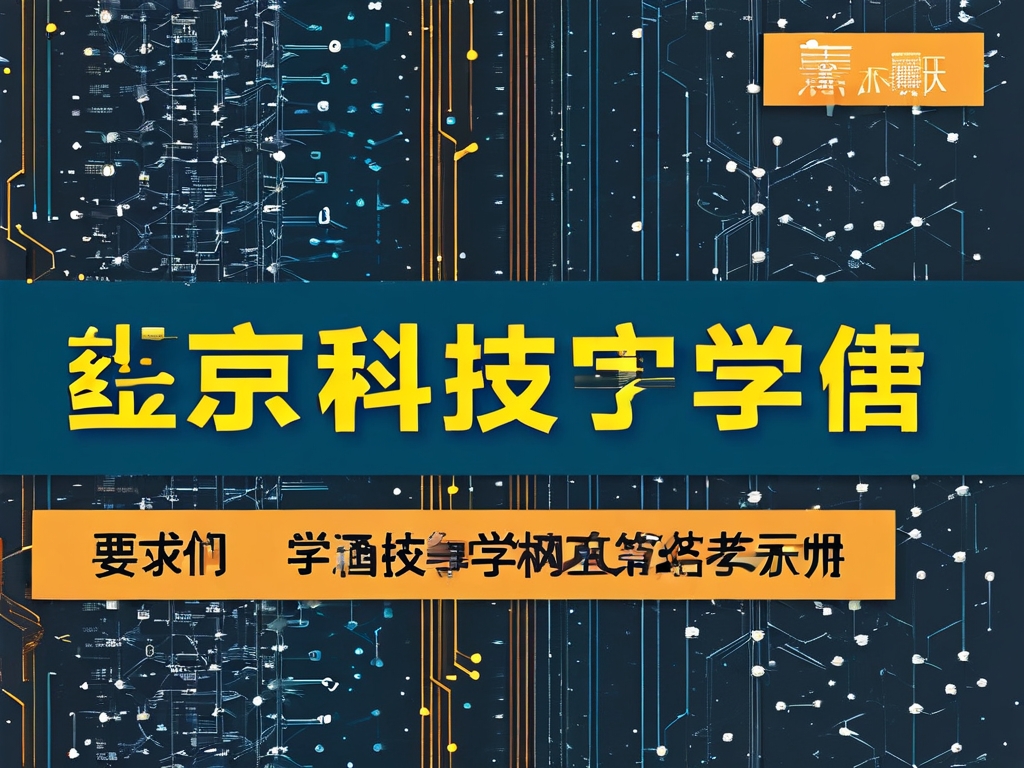In the rapidly evolving field of information technology, foundational education remains a cornerstone for cultivating skilled professionals. At Jinling Institute of Technology (JIT), the Computer Network Fundamentals textbook serves as a critical resource for students pursuing careers in networking, cybersecurity, and systems engineering. This article explores the structure, content, and pedagogical value of this textbook, emphasizing its role in bridging theoretical knowledge and practical application.

Overview of the Textbook
The Computer Network Fundamentals textbook, tailored for JIT’s curriculum, is designed to align with global standards in IT education while addressing localized industry needs. Authored by a team of experienced educators and industry experts, it covers essential topics such as network architecture, protocols (e.g., TCP/IP, HTTP), data transmission, and network security. Its modular structure allows students to progress from basic concepts—like OSI and TCP/IP models—to advanced topics such as subnetting, routing algorithms, and cloud networking.
A standout feature is its integration of real-world case studies. For instance, the chapter on network security includes analyses of recent cyberattacks in China, offering insights into threat mitigation strategies. This approach not only reinforces theoretical principles but also prepares students to tackle contemporary challenges in the field.
Pedagogical Design and Student Engagement
The textbook employs a learner-centric design, combining clear explanations with visual aids like diagrams, flowcharts, and infographics. Complex topics, such as packet switching or VLAN configurations, are broken down into step-by-step processes. Each chapter concludes with exercises ranging from multiple-choice questions to hands-on lab simulations, encouraging active learning.
For example, the section on IP addressing includes practical exercises where students design subnet masks for hypothetical organizations, mirroring tasks they might encounter in IT roles. Additionally, the textbook references open-source tools like Wireshark and Cisco Packet Tracer, enabling students to experiment with network analysis and configuration in a risk-free environment.
Alignment with Industry Requirements
JIT’s collaboration with local tech firms ensures the textbook’s content remains industry-relevant. Chapters on emerging technologies—such as Software-Defined Networking (SDN) and IoT connectivity—reflect trends prioritized by employers in Jiangsu Province and beyond. A 2022 survey of JIT graduates working at companies like Huawei and China Telecom highlighted the textbook’s utility, with 89% of respondents acknowledging its role in their preparedness for network certification exams (e.g., CCNA, CompTIA Network+).
Supporting Faculty and Curriculum Integration
The textbook is complemented by instructor resources, including slide decks, lab manuals, and assessment rubrics. This support empowers faculty to deliver blended learning experiences, combining lectures with interactive activities. Dr. Li Wei, a JIT networking professor, notes, “The textbook’s structured approach allows us to dedicate class time to problem-solving workshops, fostering deeper student engagement.”
Challenges and Future Directions
While the textbook is widely praised, some students cite the need for more content on quantum networking and AI-driven network management—areas gaining traction globally. The editorial team has signaled plans to incorporate these topics in future editions, ensuring the resource stays ahead of technological curves.

Jinling Institute of Technology’s Computer Network Fundamentals textbook exemplifies how academic resources can harmonize theory, practice, and industry demands. By equipping students with both conceptual understanding and technical proficiency, it plays a pivotal role in shaping the next generation of IT professionals. As networking technologies continue to advance, the textbook’s adaptive framework ensures its enduring relevance in classrooms and beyond.


